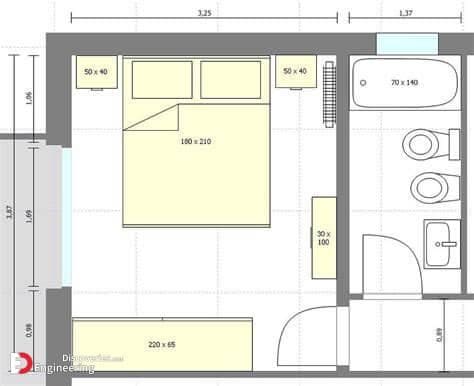Consumers are becoming increasingly eco-conscious in their day-to-day buying decisions. While many of us focus on the foods we consume and the fuel we use to determine our carbon footprint, we often overlook the importance of choosing environmentally friendly materials for use in our homes.
If you’re planning on renovating your interiors, engineered wood flooring is something to seriously consider. Although carpets and vinyl flooring are cost-effective solutions if you’re planning a complete remodel, these materials aren’t particularly durable.
Having to replace subpar flooring every few years is expensive. In addition to shelling out for the materials themselves, you’ll also need to consider installation costs.
Are Hardwood Floors a Better Option?

Source: thespruce.com
Many people assume that hardwood floors are a natural, eco-friendly alternative to manmade materials. In theory, hardwood flooring can last for a long time. However, it requires extensive maintenance to keep it looking its best. Furthermore, the manufacturing of hardwood floors tends to involve poor forestry management and produces considerable waste.
The Environmental Impact of Hardwood Flooring
Hardwood has been a go-to flooring material for centuries. It’s easy to see why this material is so popular with homeowners and property developers. Hardwoods are incredibly attractive, boasting delicate grains and natural colors that enhance interior aesthetics. Hardwood flooring is also reasonably durable. However, even the most robust hardwood floor requires extensive maintenance to keep it looking its best.
Unfortunately, solid hardwood flooring isn’t a sustainable choice of material. To produce hardwood floors, huge areas of established forest are regularly harvested to access the raw materials required. Unless producers are actively replacing the trees they cut down with new ones, the damage to the natural environment is irreparable.
Why Engineered Wood Flooring is an Eco-Friendly Alternative

Source: flooringinc.com
Although engineered wood flooring includes a hardwood veneer, far less timber harvesting is required to source it. Engineered wood flooring tiles and panels boast a composite structure. The core of engineered wood flooring tends to be made of plywood, which itself is made up of multiple layers of repurposed wood. A pristine veneer of hardwood is then bonded to the surface of this core, giving each plank or panel the distinctive grain and character of traditional products. This composition isn’t just environmentally friendly, it also produces a far more durable product.
A Sustainable Alternative

Source: incstores.com
If you’re a homeowner looking to minimize your carbon footprint, forgoing conventional hardwoods for engineered wood flooring is a step in the right direction. Generally speaking, engineered wood flooring is manufactured following eco-friendly timber harvesting practices. Solid wood flooring is usually made from mature trees that take centuries to mature. Removing these established trees from forests not only destroys natural ecosystems but also limits the carbon capture capacity of forests.
With engineered wood flooring, only a small amount of veneer needs to be harvested to manufacture veneers. Most importantly, juvenile trees can be harvested to produce these veneers. This ensures mature forests are preserved for future generations.
In the case of engineered wood flooring, manufacturing processes are greener across the board. Rather than being sawn, veneer sheets are sliced from raw timber. This dramatically reduces the amount of sawdust created. Furthermore, adhesives used to bond plywood and veneer sheet layers together are usually low in volatile organic compounds (VOCs) and other harmful toxins.
Also Read: The Complete Guide to Buying and Installing Hardwood Floors
Durable and Easy to Maintain

Source: shopify.com
Hardwood flooring remains so popular because of its durability. If properly maintained, a hardwood floor can indeed last for many years. However, it’s not resistant to wear and tear. If exposed to sufficient moisture and high temperature, hardwood can quickly warp and become stained. This not only requires committed hands-on maintenance but also limits installation options.
Engineered wood flooring excels in all the areas where hardwood flooring falls short. Unlike regular hardwood floors, engineered wood can cope with occasional moisture exposure. This not only makes cleaning your floors easier, but it also makes installation in spaces like kitchens and bathrooms possible.
The Verdict
Is engineered wood flooring environmentally friendly? The answer is a resounding yes. Provided you’re buying from a producer that’s committed to sustainable timber harvesting and production methods, few flooring products are as eco-friendly as engineered wood.
Engineered wood flooring is also very durable. If you want a floor that will look its best for several decades, it’s the obvious choice. Its composite construction makes it incredibly resilient to everyday wear and tear. Additionally, its hard-wearing construction means occasional exposure to heat and moisture won’t damage the integrity of your planks and panels. This makes cleaning and general upkeep simple, but also allows for flexible installation options.
Floors made from engineered wood also help you reduce your carbon footprint in other ways. When properly installed and combined with underfloor heating systems, engineered wood flooring can help lower your energy usage. This not only makes for monthly savings on your energy bills but helps your household strive toward being carbon neutral.



